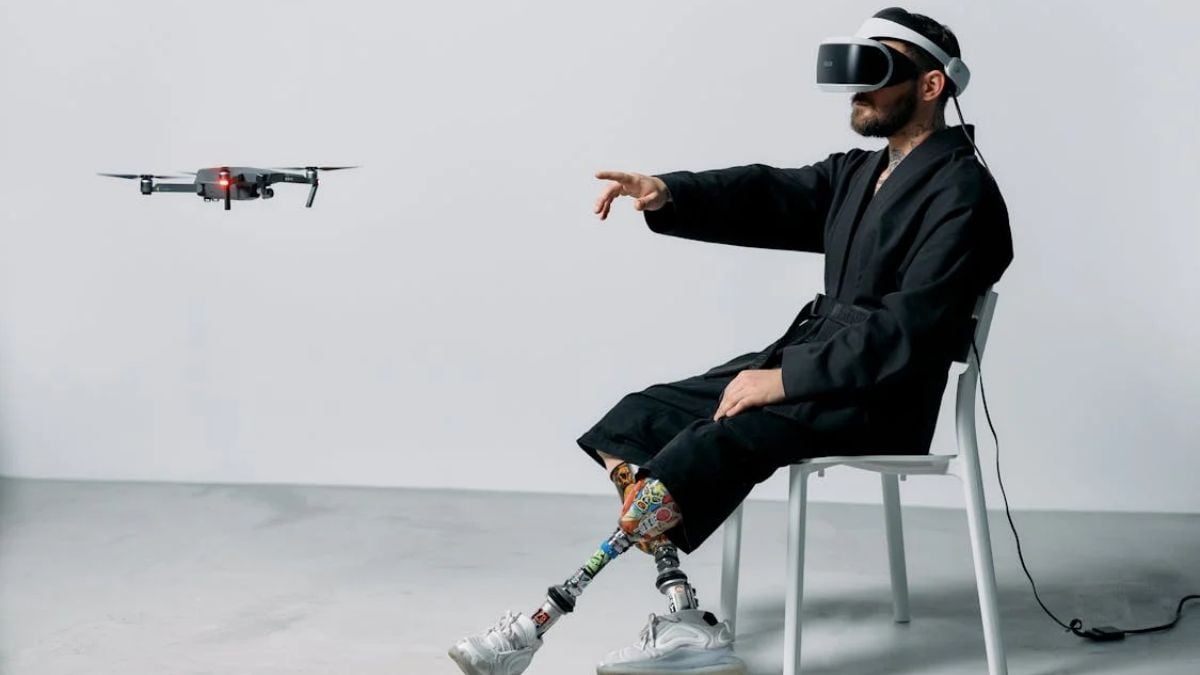A paralyzed individual, aged 69, has successfully piloted a virtual drone using a brain-computer interface (BCI) that interprets neural signals. This innovative achievement has enabled the participant to navigate a video-game obstacle course by imagining specific finger movements. The breakthrough device, which bridges brain activity and real-time control, demonstrates potential applications for assisting those with mobility challenges to engage in intricate tasks. These developments mark significant progress in the application of BCIs for enhancing motor functions.
Breakthrough Detailed in Nature Medicine
According to a study published in Nature Medicine, the man, who had been paralyzed in all four limbs following a spinal cord injury, controlled the virtual drone using neural signals linked to imagined movements of specific finger groups. The research relied on electrodes implanted in the participant's left motor cortex, which had been placed during a prior operation in 2016. Algorithms were trained to decode the brain's signals when he visualized moving his right thumb, different finger pairs, or combinations of them.
The researchers reported that the participant initially practiced synchronizing imagined movements with a virtual hand displayed on a screen, achieving a high degree of accuracy by hitting up to 76 targets per minute. Subsequently, the signals were connected to the drone's navigation system, allowing him to steer it through a virtual basketball court, manoeuvring rings with precision.
Expert Insights on Potential Applications
Matthew Willsey, a neurosurgeon at the University of Michigan and a co-author of the study, told Nature Medicine that the participant likened the experience to playing a musical instrument, requiring delicate adjustments to maintain control. Willsey noted that the research seeks to enable control of multiple movements simultaneously, potentially assisting activities such as typing or playing musical instruments.
John Downey, a BCI researcher from the University of Chicago, described the work as an important initial step in understanding hand control mechanisms. He highlighted the potential of this technology as a versatile tool for individuals with limited mobility. Researchers aim to enhance the system to decode signals for all ten fingers.


